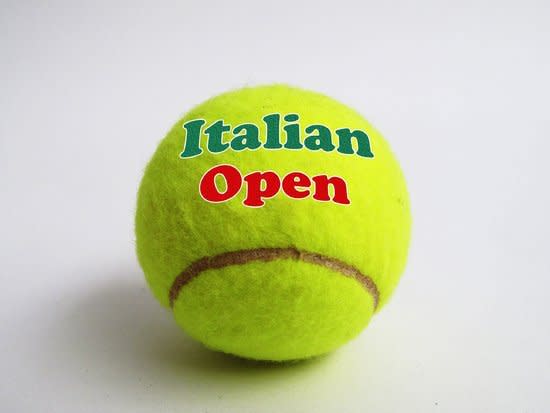Annet Gelink Gallery and ART AT WORK are pleased to present Italian Open. Featuring 10 Italian artists of the most recent generations, this exhibition does not intend to celebrate Italy as a destination of cultural consumerism but rather places itself as a workshop of new visual experiments: an urgent reply to the antique habit of isolating the cultural process to the realm of classicism. For most of the artists, it is the first time their work will be shown in the Netherlands.
Italian art exists through a number of subsequent renewals and the danger is that of not understanding the presence of new actors on scene: subjects that need to have the conditions to contribute to the construction of new types of languages. This latter state permits the significant transformation of the subject from being "Italian" to becoming "International", able not only of changing a personal way of expression, but also of being part of a global dialectic. Ideology, ability, technology and nostalgia dialogue in the works on show and narrate the Italian atmosphere.
Italian Open intends to show this complex phenomenon of interweaving, which is still not completed, adequate anomalies and contaminations whose origins are yet too evident, where the composition has not been accomplished. The Italian artist seems to have remained faithful to a humanistic model which has privileged the individual rather than the community, to the ethnic crowd. The Italian artist is an eternal Brechtian player, who renounces to take part in any kind of group in order to save his own personal freedom. The complexity perhaps is our only richness, in contrast to a tradition difficult to confront.
Italian Open is the metaphor of a tournament, of an open match. The significance lies not in establishing the scored points at the end of the 'game', as the collision-encounter as the focus of these generations. Italian Open claims that the definition "Italian Art" is at the same time obsolete and fundamental to describe what is happening on the Italian territory, taking it steps from the diversity of its young talents. All the artists participating in Italian Open live a conflict between self-representation as Italians and the desire of an international way of expression that goes beyond the idea of border. If carefully analysed, their production shows affinity and dialogue with the international one, but mainly evidences a poetic-formal individualism and an eclecticism unique to the national panorama.

